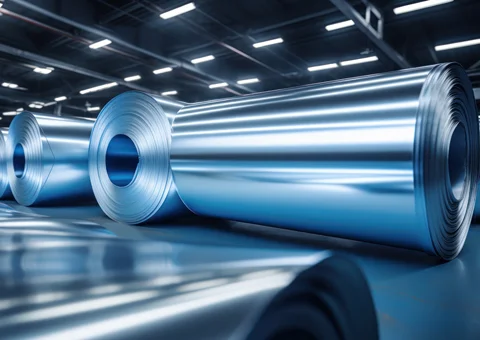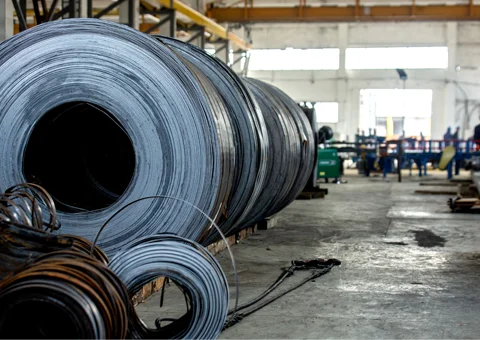A look at the current price trend for stainless steel in Europe and how nickel and stainless steel scrap are influencing it. And in the UK, domestic companies in particular are benefiting from the current economic growth.
Stainless steel price trends in Europe for September 2024
The EU mills’ stainless steel alloy surcharges for September 2024 are about to be published. Even though the dinosaur alloy surcharge in the pricing of stainless steel now actually belongs in a prehistoric museum, people unfortunately still like to look at it. And this despite the better knowledge that the Electric Arc Furnaces (EAF) of the EU mills have had to be filled with more and more stainless steel scrap for years and have now reached a proportion of more than 90%.
Nickel price remains robust despite volatility
Even though the nickel price has fallen compared to the alloy surcharges from August 2024, the average price on the LME for August is currently around 1.7% higher than in the previous month of July. This is despite the continuing market distortion caused by sanctioned and therefore almost unsaleable Russian nickel (share of LME country of origin stock approx. 23.5%, as at 31 July 2024) on the LME commodity exchange.
Stainless steel scrap tight in Europe for months
If you combine this with the quarterly and half-yearly reports already published by EU stainless steel manufacturers for 2024, one of the biggest challenges at the moment is the very limited availability of stainless steel scrap and the associated price increases. This trend has been ongoing since at least the first quarter of 2024 and has already been addressed by European recycling associations.
Tight availability, rising demand, empty warehouses
According to recent publications, it is assumed in Europe that the scarce availability of the most important raw material, scrap, will continue in the third quarter and that prices will therefore remain at a high level. The expectation of a further increase in demand, which already led to a significant increase in deliveries for some manufacturers in the second quarter, and empty warehouses at EU distributors are likely to make a further contribution to this.
Contrary to the opinion of the usual price influencers, we therefore currently see no scope for lower prices in Europe and effectively expect stainless steel prices to move sideways in Europe in September.
Great Britain: Growth boosts small caps
The UK economy grew by 0.6 per cent in the second quarter compared to the previous quarter, following growth of 0.7 per cent in the first quarter. Industrial production rose by 0.8 per cent in June compared to the previous month, following a 0.3 per cent increase in May. Retail sales turned around from a decline of 0.9 per cent in June to an increase of 0.5 per cent in July.
Overall, the signs in the UK are pointing to expansion. This should play into the hands of ‘small caps’ in particular, which are more strongly affected by economic developments at home.

